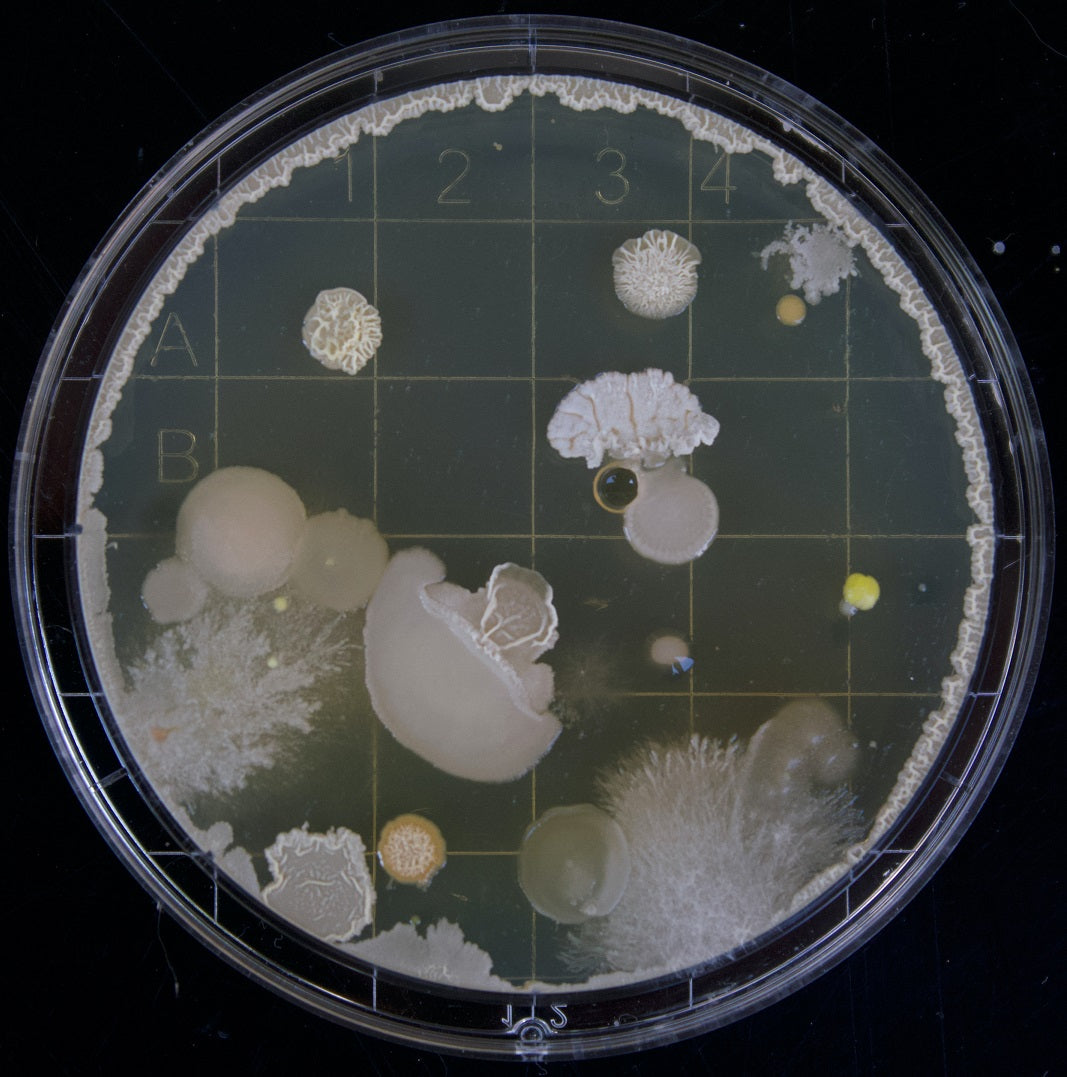
What happens during fermentation?
Long before the science of fermentation was discovered, people utilised fermentation to generate food and drinks with intensified flavours. The scientific discoveries of French scientist Louis Pasteur, who demonstrated that fermentation is initiated by microorganisms (yeasts, moulds, and bacteria), enabled us to comprehend the fermentation process in more depth and appreciate its essential health benefits (Mouritsen & Styrbæk, 2014).
Our bodies need oxygen (aerobic) to generate energy to fuel all biological processes for our survival. Fermentation is a similar process where microorganisms decompose organic molecules without oxygen (anaerobic). Depending on the environment, cells and microbes can switch between these two kinds of energy generation. When sugar is available, certain yeast cells, such as Saccharomyces cerevisiae (Brewer’s yeast), prefer fermentation over aerobic respiration. Beneficial microorganisms (probiotics) convert sugars and starches into alcohols and acids, making food more nutritious and preventing it from spoiling (Becker & Kleinsmith, 2009; Mouritsen & Styrbæk, 2014).
Fermentation products include enzymes that are required for digestion. Since we are born with a limited supply of some of these enzymes, which diminish with age, this is a significant health benefit of fermentation. Additionally, fermented foods are high in probiotics, which are beneficial microorganisms that support gut health (Mouritsen & Styrbæk, 2014).
Collapsible content
References
Becker, W. M., Kleinsmith, L. J., & Hardin, J. The World of the Cell. 2009.
Mouritsen, O., & Styrbæk, K. (2014). Umami. In Umami. Columbia University Press.
Schiffer, M. (2018). Bacteria Samples. Retrieved October 18, 2022, from https://unsplash.com/photos/13UugSL9q7A
